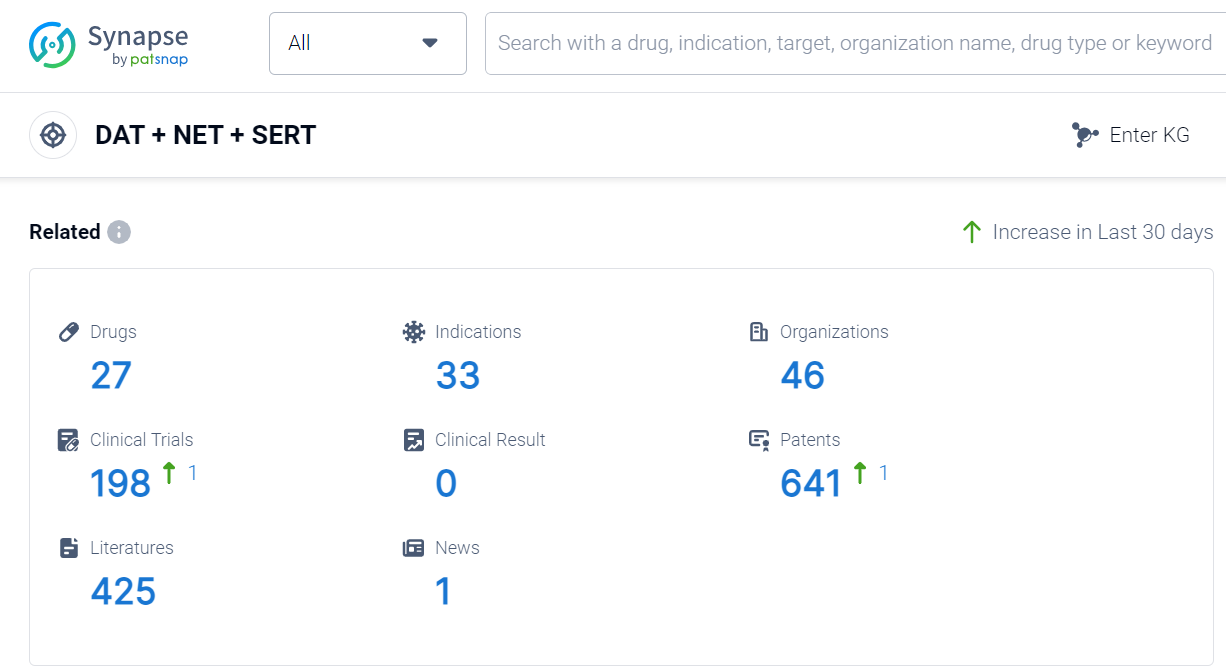
September 5, 2024
What Is The Pipe For Future Medications For Weight Problems?
Tesofensine Peptide In Midlothian, Va In addition, change in behaviour secondary to estrogen or testosterone shortage because of hypogonadotrophic hypogonadism can lead to reduced state of mind and cause a decrease in physical activity hence compounding weight gain. Insulin is secreted from pancreatic β-cells upon nutrient ingestion and plays an essential role in the outer regulation of energy and glucose homeostasis by outer glucose metabolism with the reductions hepatic sugar manufacturing via straight activity on hepatic insulin receptors. The centrally mediated action of insulin has since been thoroughly reviewed in the last couple of years. At the level of the hypothalamus, insulin acts to subdue food consumption, advertise outer lipogenesis, hinder hepatic sugar production and promote brownish fat thermogenesis. These centrally moderated activities of insulin are fundamentally mediated via the excitation of POMC neurons and the concomitant reductions of AgRP and NPY neurons (33-- 35). A human study discovered that tesofensine enhanced satiety and reduced cravings for pleasant foods after 12 weeks of therapy [19]Long-term Pharmacotherapy For Obesity And Obese: Updated Meta-analysis
As the human amylin receptor contains calcitonin receptor with activity-modifying healthy proteins amylin analogues in combination with calcitonin receptor agonists, known as double activity amylin and calcitonin receptor agonists, are unique anti-obesity representative targets of research study [92] While animal research studies (KBP-042, KBP-089) revealed anti-obesity impact [93, 94], human medical tests are still awaited. Pharmacotherapy of obesity has a long and chequered background that is comprised by encouraging medicines that were withdrawn as a result of safety and security issues (Box 2). This is plainly experienced in the continuous debate pertaining to the digestive tract hormone glucose-dependent insulinotropic polypeptide (GIP), where, based on rodent pharmacology research studies, both GIPR agonism or incongruity can offer supplementary pharmacology to GLP1 agonism48. Lifelong pharmacological administration of persistent illness such as hypertension could offer appropriate benchmarks for obesity treatment methods. In these conditions, it prevails method to target several devices to accomplish optimal condition administration. It seems inescapable, and with good criterion, that such a theoretical approach to decreasing body weight will at some point prevail40. Body weight reduction achieved via way of life adjustments, currently authorized anti-obesity medications (AOMs) and bariatric surgery (part a) and connection of drug-induced body weight reduction in rats and humans (part b).Therapy Of Gotten Hypothalamic Obesity: Now And The Future
Some serotonin Click for source agonists put in anorectic impacts (increase satiation that results in decreased food consumption) by promoting the proopiomelanocortin (POMC) receptors in the arcuate core of the hypothalamus [18] The negative effects of non-specific serotonin agonists, such as fenfluramine and dexfenfluramine, are triggered as a result of the stimulation of the peripheral 5-hydroxytryptamine 2B (5-HT2b) receptors. Among the primary agonists of the 5-HT2b receptor is fenfluramine that is thought to cause adverse CVD effects by promoting mitotic activity, leading to cell overgrowth within the valve brochures [19] Owing to its high selectivity (15-fold and 100-fold more than that for 5-HT2a and 5-HT2b receptors, specifically) for the 5-HT2c receptor, lorcaserin can subdue cravings and hunger without setting off pulmonary high blood pressure or valvular heart problems [20] Furthermore, several researches have actually recommended that lorcaserin has numerous mental effects, such as lowered craving, impulsivity, and raised satiation, which add to weight-loss. Tesofensine is a norepinephrine, dopamine, and serotonin reuptake inhibitor that was being created for the treatment of Parkinson's and Alzheimer's illness, and weight loss was kept in mind in the professional tests (78 ).What is the brand-new medicine target for obesity?
A number of promising new targets are currently being examined, such as amylin analogues (pramlintide, davalintide), leptin analogues (metreleptin), GLP-1 analogues (exenatide, liraglutide, TTP-054), MC4R agonists (RM-493), oxyntomodulin analogues, neuropeptide Y villains (velneperit), cannabinoid type-1 receptor ...
- The pharmacological communication between tesofensine and 5-HTP/CB was defined by isobolographic evaluation.
- For many years weight problems was believed to be a condition of overeating thatcould be solved with therapy and short term medicine therapy.
- In Vgat-ChR2 and Vgat-IRES-cre transgenic mice, we found for the first time that tesofensine prevented a subset of LH GABAergic neurons, minimizing their ability to advertise feeding behavior, and chemogenetically silencing them boosted tesofensine's food-suppressing effects.
- Macrophage inhibitory cytokine 1 (MIC1; also called GDF15) has actually gained interest as a target for weight problems treatment267.
- As displayed in Fig 10 the sucrose intake degrees almost returned to baseline after the shot of 5-HTP (Fig 10A) or tesofensine (Fig 10B) on the next day (day 8).


Social Links